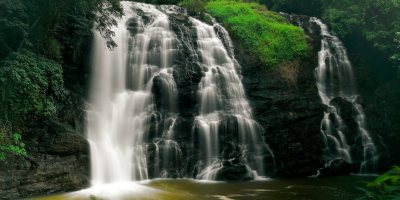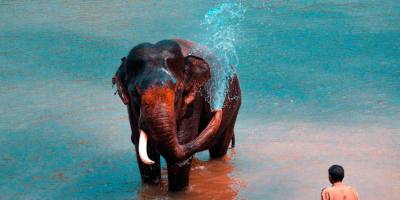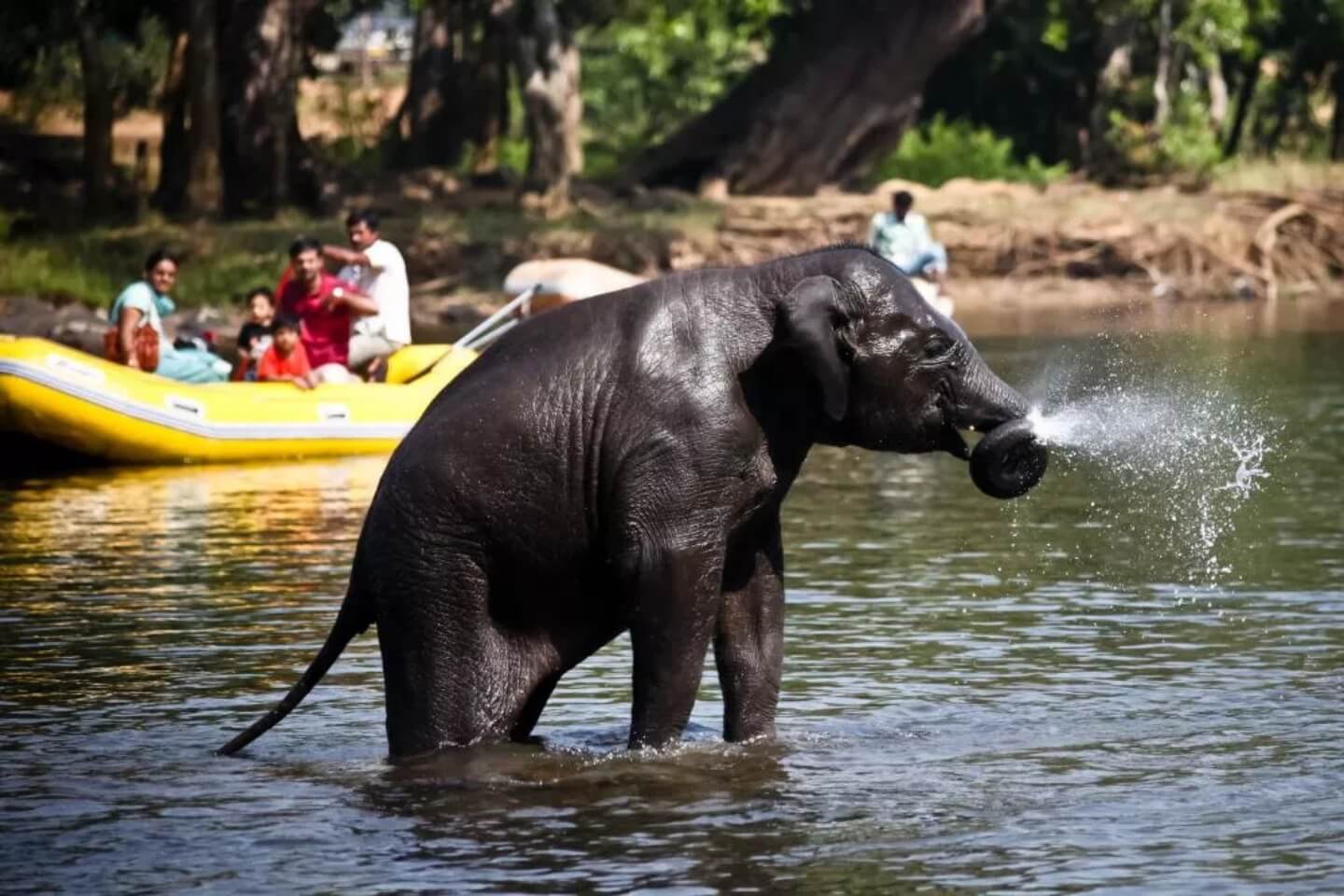The Names of Coorgs include their clan name by which they identified. The clan is central to Coorg culture and families trace their lineage through clans. Marriage within a clan is forbidden.
The Family unit of the Coorgs is called the okka. It is a joint clan descending from the father side or with males of common ancestry. There is an Okka name for the male members of Okka.
Now there are about 1000 okka names and families in Coorg. Traditionally all the members of an okka lived together in a large ancestral home called ain-mane (ayyangada mane – House of the Elders).
Usually the ain-mane has a courtyard in the front surrounded by thick mud walls and bamboo thatched roof. Ain-mane is surrounded by huts of laborers who provide necessary services and large properties.
Out houses for additional living space were also common. These homes and properties are called Ur, they are the central part of a village. A group of Ur is called Nad. A cluster of Nads make a Sime.
The Oldest member of the family is the head of the okka. The Head is called pattedara or koravukara. It is a hierarchy that is passed on to the eldest member of the clan by right. Each of the Nad and Sime has a headman called Takka. Takkas have an important role. They settled disputes and imparted justice after consultation with elders.
People are not allowed to marry within the same Okka. But cousin marriage between children of brother and sister is accepted. Women have given great importance in Coorg. Mother is held superior in Coorg society. Mother is the first person to bless a young married couple.
Mother is the principal figure to conduct the marriage ceremony that traditionally is conducted without a Brahman priest. A widow is allowed to remarry in Coorg. Widow marriage is completely accepted in Coorg.




